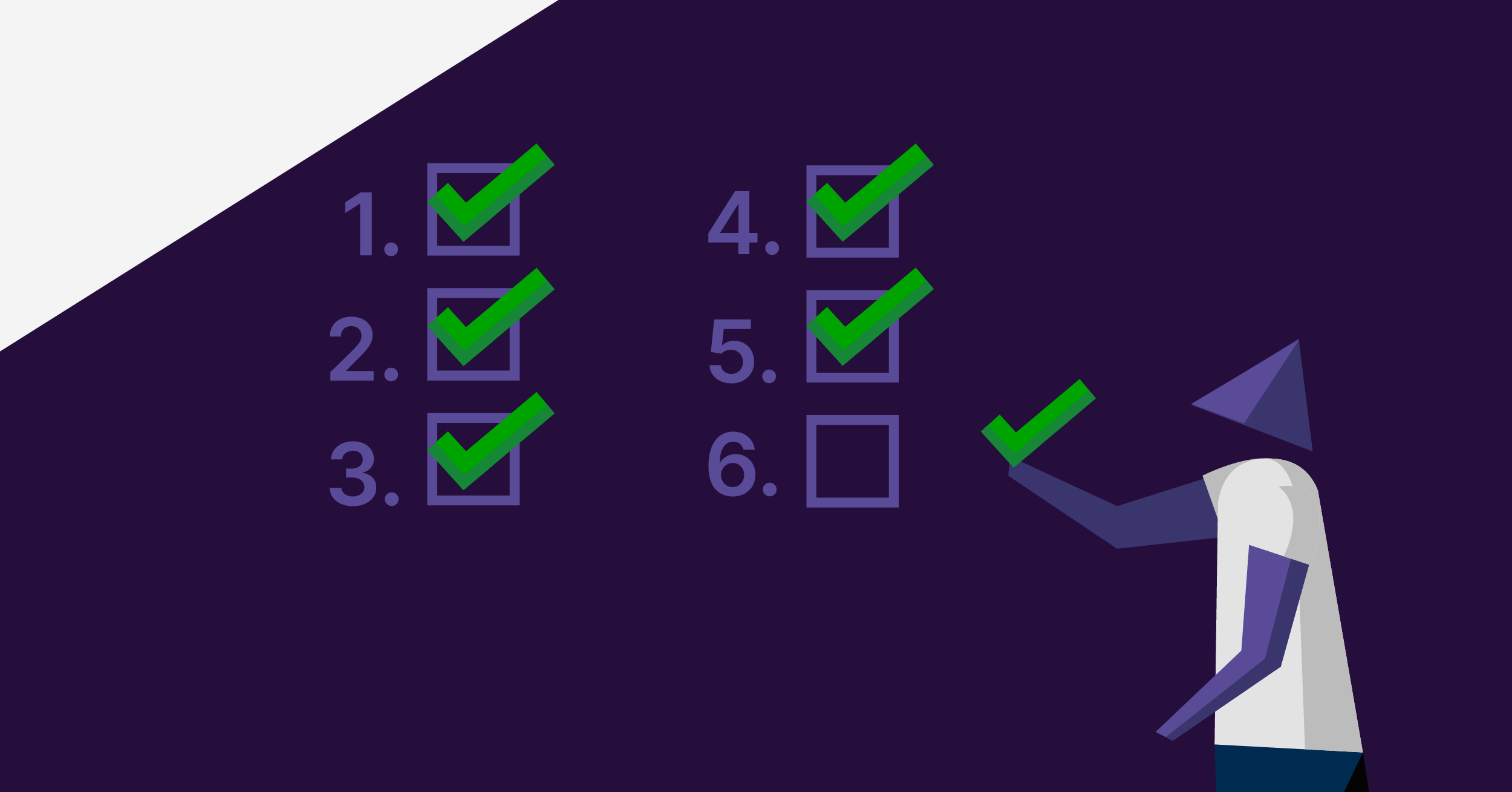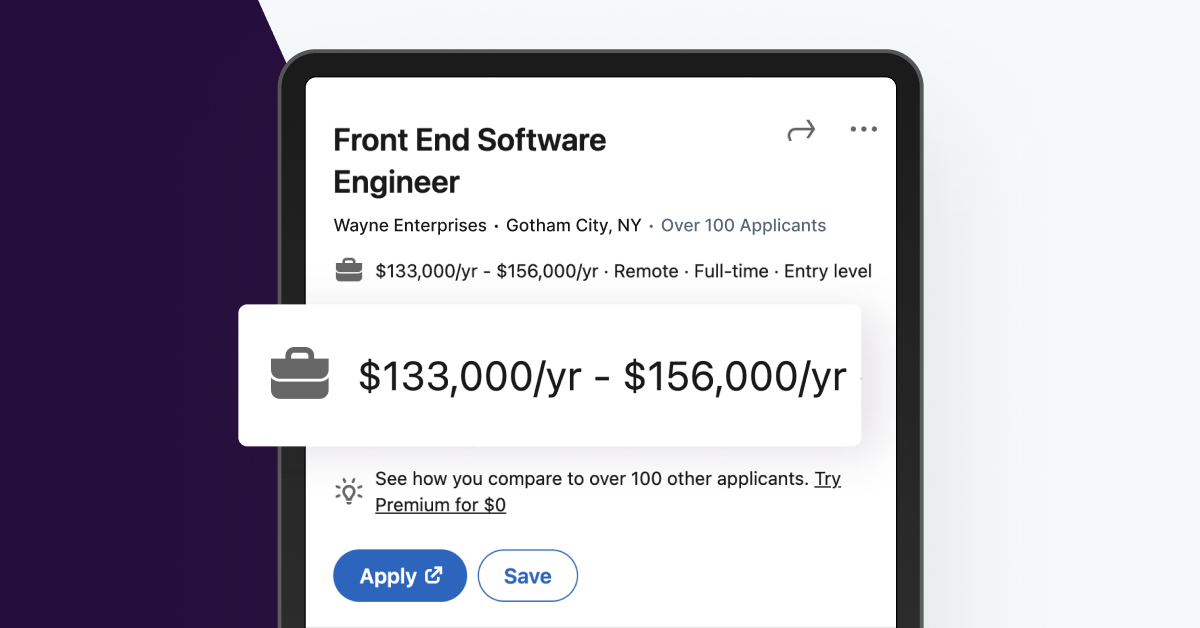The times they are a’changing when it comes to pay equity in the workplace. As expectations from employees, investors, and even the public are evolving and putting a spotlight on all things “fair pay,” traditional analysis methods are leaving organizations needing more. Leaders in pay equity are turning to technologies – like pay equity platforms — to modernize their strategy.
But maybe you’re worried your organization isn’t ready to invest the time and resources it takes to evaluate and implement new technology. So, let’s see if it’s the right solution for your company.
Here are the top six signs it’s time to invest in a pay equity platform.
1. Diversity, equity & inclusion are part of your company’s core values.
If you’re touting your focus on DE&I externally, putting values about creating an equitable workplace on your website, or discussing these ideas with employees, it’s important to back up these statements with consistent, sustainable action. To do this, your values must be incorporated into your day-to-day business practices which can be done with a properly executed equity audit to identify your company’s pain points.
It’s not enough to simply say that you value equitable pay practices — you need a way to show it. After all, employees have more choices than ever before, and they are asking more questions about compensation practices and pay equity.
It’s also no longer enough to only look at pay equity once a year, remediate, and then hope for the best while you go about your business for the next 365 days. You must take a more proactive approach.
Leveraging a pay equity platform like Syndio’s to embed pay fairness into your day-to-day compensation decisions proves that you’re willing to practice what you preach, putting you in a position to attract new high-performing employees and retain your existing talent.
2. You want more control over the process.
If you’ve completed a pay equity analysis with a law firm or consultant, odds are it’s been a very manual process or you’re simply not involved until you receive the final results. While this can help you start to identify areas of concern, it’s only analyzing a snapshot in time — and the results are often outdated by the time the analysis is complete.
When you leverage technology for pay equity audits, the process becomes a lot more flexible and you can analyze your data whenever you’d like. Pay equity platforms give your team the ability to:
- Look at more comparable groups, such as gender, race, ethnicity, age, sexual orientation, veteran status, and disability
- Analyze all types of compensation, including bonuses and equity/stock
- Test various pay or company changes before rolling them out, such as rising minimum wage, merit increases, or mergers & acquisitions
- Define fair starting salary for new hires to prevent pay disparities from day one
- Update your analysis in real-time as employees join or leave the organization, get promoted, or move into a different comparable group
Leveraging a pay equity platform also gives your HR and compensation teams the opportunity to learn new skills. Your own team will gain expertise in pay equity methodologies and the specific approach you’re taking in your organization, With this knowledge they can help guide decision making that could impact compensation and pay equity strategy in the long run.
3. You need results that are easy to understand and communicate.
There’s increasing pressure on companies across industries to be more transparent about their pay practices and communicate results of pay equity analyses. Some of the world’s largest brands are voluntarily disclosing results and even getting certified as a Fair Pay Workplace. Those that are not so transparent are feeling the pressure from all angles.
By proactively addressing pay equity internally and publicly, you enable your organization to control the conversation versus reacting to a heap of bad press. It demonstrates your commitment to pay equity for your existing employees, prospective talent, investors, and even your consumers, which builds stronger brand loyalty.
In order to effectively communicate your current pay equity status and future goals, you need analysis results that are truly easy to understand. Pay equity platforms:
- Give you a clear picture of exactly who is being paid unfairly and by how much
- Allow you to dig deeper and identify root causes
- Help you test the impact of your proposed solutions
When you gain a better understanding of what your results mean, you can focus on creating an action plan and determining which information to communicate to the right audiences.
4. You’re worried about data security.
Analyzing pay equity in the workplace requires you to look at a lot of sensitive information and employee data. For those going through a more manual pay equity audit process, you’re likely passing data between stakeholders and third parties via email and other online channels.
While you may have the best intentions in doing so, these practices can make your data vulnerable. If this is something your organization is concerned about, a pay equity platform can help.
Tech providers are held to the highest data security standards and will provide you with clear and transparent information about how your data is used and stored, as well as how they train their employees to handle employees’ personal and compensation data. This provides peace of mind that your data isn’t constantly being handed off between people and platforms and that you’re not subjecting your company or employees to a privacy risk.
5. You want to focus more on prevention vs. remediation.
Traditional ways of analyzing pay equity focus on identifying issues and remediating. But with so much attention on pay equity recently, you may be thinking about how to prevent issues from happening in the first place.
Pay equity platforms provide much more than a one-and-done analysis by baking pay equity into your day-to-day practices. The technology also allows you to analyze pay equity as frequently as you want — because after the initial set up, the platform is always running.
This flexibility gives you an ongoing pulse of pay equity. You have the ability to determine starting pay for new hires that falls in an equitable range and test changes to compensation before you roll them out, and make changes before ever introducing a pay issue. Long-term, this strategy will cost you a lot less than constantly remediating pay disparities year after year because the longer you wait, the larger disparities become.
6. You want to keep up with your peers and other market pressures.
At this point, you likely understand the increasing attention and pressure being placed on companies regarding pay equity. So you’ve probably thought to yourself, “Am I falling behind or keeping up with other companies? How do I know if I’m getting pay equity right?”
Achieving pay equity in the workplace and closing pay gaps requires a team that has dedicated their time to solving these problems in better, more modern ways. So by leveraging a pay equity platform like Syndio’s, you’ll feel confident you’re learning from the best in pay equity — and getting the guidance you need for everything from global analyses and analyzing total compensation to legal compliance and corporate communications.
If you work with a technology provider that is truly invested in your success, that team of experts will work tirelessly to educate you on market trends and provide access to best practices based on what other leading companies are doing. So keep an eye out for partners that make this part of their offerings and business model.
Ready to explore Syndio’s pay equity platform?
If you’re having some of these thoughts about your pay equity strategy, it’s time to start looking at what platforms are out there and evaluating the best fit for your business. Want to see how Syndio’s pay equity platform stacks up to traditional approaches, such as law firms and consultants?


